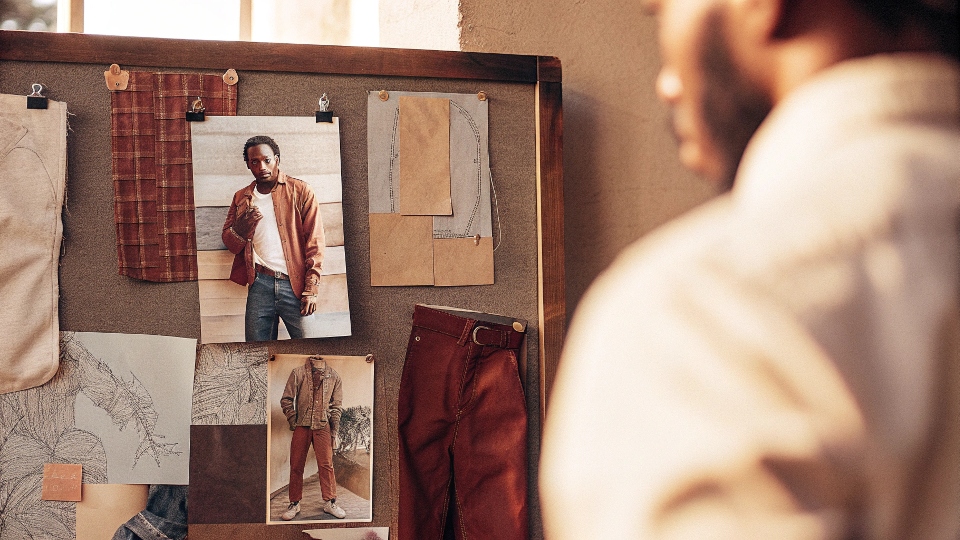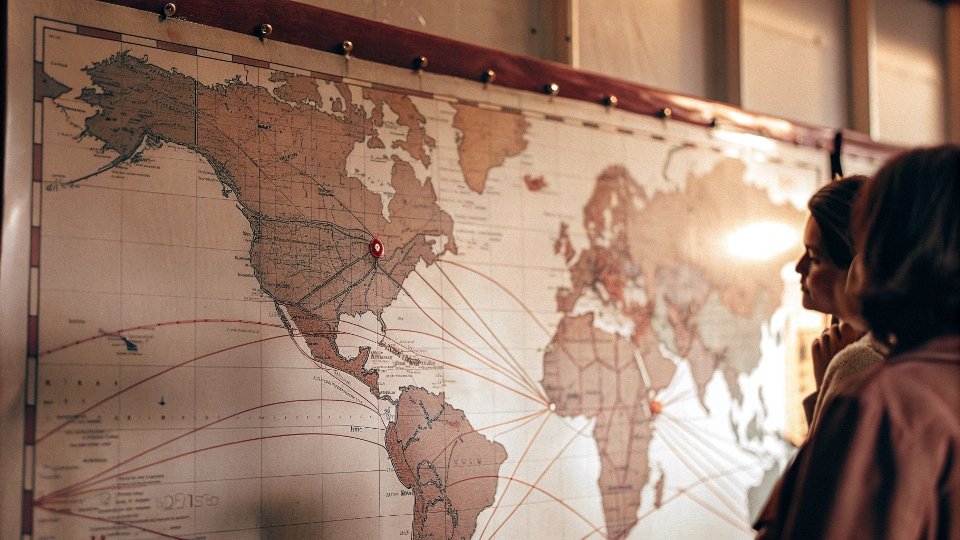You see a cool, emerging streetwear brand like Makobi1 and wonder how they do it. The journey from a design sketch to the finished product on a store shelf is a mystery.
Makobi is an American company with its headquarters and design team based in Los Angeles2. The physical production of their jeans, however, is carried out by manufacturing partners3 in factories located in China.
This model is the backbone of the modern fashion industry, and it's something I see every single day at my denim factory, DiZNEW. In my 20 years of making jeans, I've worked with countless brands that follow this exact path.
They handle the creative vision, the branding, and the marketing from their home base in the US or Europe. Then, they partner with specialized factories like mine to handle the complex manufacturing process.
It's a system that allows brands to focus on what they do best—design—while we focus on what we do best—turning that design into a high-quality finished garment.
Who makes Mac jeans?
You see MAC jeans, a brand with a strong German identity. You assume this means their high-quality jeans must be produced in Germany, but the price seems too reasonable for that.
MAC is a German company that designs and manages its operations from Germany. However, to maintain a competitive price point, the actual manufacturing is outsourced, primarily to facilities in Eastern Europe4 and other parts of the world.
This is a very common and intelligent strategy for many European brands. I call it "near-shoring." Instead of manufacturing in Germany, where labor and operational costs are very high, they place production in nearby countries.
This gives them several advantages over producing further away in Asia. First, shipping times are much shorter, allowing them to react to fashion trends more quickly.
Second, it's easier and cheaper for their quality control teams to visit the factories regularly to ensure everything meets their high standards.
Third, there are often fewer cultural and language barriers. While my factory in China can produce for anyone, this European-centric model is a different approach to supply chain management. It's all about balancing cost, speed, and control.
Global Production Models Compared
| Model | Design & HQ Location | Manufacturing Location | Key Advantage | Example Brand |
|---|---|---|---|---|
| Trans-Pacific | USA | China / Asia | Massive scale, cost-efficiency | Makobi |
| Near-Shoring | Western Europe | Eastern Europe / Turkey | Speed, easier quality control | MAC Jeans |
Who makes Kendrick Lamar's jeans?
You see Kendrick Lamar in photos or on stage wearing incredible, unique jeans. You want to know the brand so you can buy them, but you can never find them in a store.
Kendrick Lamar5 doesn't have one single brand of jeans. His jeans are typically sourced and created by his styling team. They are often custom-made pieces, heavily altered vintage Levi's, or from exclusive, high-fashion designers like Martine Rose or Fear of God.
This is a completely different world from a brand like Makobi. Here, the person is the brand, and the clothes are part of the image.
When a client like a top designer needs a "hero piece" for a celebrity, they often come to a factory like mine with a very specific, one-of-a-kind request.
The process usually starts with a base garment, very often a pair of vintage Levi's 501s because the old denim is incredibly durable and has amazing character. Then, the real work begins. The stylist will ask us to deconstruct the jeans and rebuild them.
We might dramatically taper the leg, add unique paneling with different fabrics, apply a highly specific wash or distressing pattern, or add custom embroidery. The final product is a "one-of-one" item that you will never find on a shelf. It's less about a brand and more about a custom creation.
Who makes Evisu jeans?
You know the iconic Evisu6 "seagull" logo, a legend in the world of denim. But you're confused about whether they are still a small, artisanal Japanese brand or something else entirely.
Evisu has two main production lines. The high-end, heritage collections are still meticulously crafted in Japan on vintage shuttle looms. However, to reach a broader global market, their more accessible, mainstream collections are produced in factories in China.
This tiered production strategy is a brilliant business model that I've seen many successful brands adopt. It allows them to maintain their brand's high-end, "halo" status while also capturing a larger market.
The "Made in Japan" line is for the true denim purist. They use selvedge denim7, which is a sign of vintage, high-quality production. The craftsmanship is incredible, the details are perfect, and the price is very high.
This line builds the brand's reputation and credibility. Then, they take the famous designs and brand identity to a factory like mine.
We use our modern machinery and skilled workers to produce larger quantities at a more affordable price point.
The quality is still excellent, but it's a different product for a different customer.This allows everyone to have a piece of the Evisu brand, from the serious collector to the casual fashion fan.
Who makes Dickies jeans?
You think of Dickies as a classic American workwear brand, built to last. You wonder if this heritage means their jeans and pants are still made in the USA today.
Dickies is an American heritage brand, but it is now part of the global VF Corporation8. To meet mass-market demand, the vast majority of its products, including their jeans, are now made through a global supply chain, with primary production in Mexico, Central America, and Asia.
This is the reality of a true mass-market brand. When you need to produce millions of garments to be sold in stores all over the world at a very accessible price, you simply cannot make everything in one country.
Dickies' business model is built on economies of scale. Their parent company, VF Corp, is a master of global logistics. They might source raw cotton from the US, have it spun and woven into denim in India, get zippers from Japan, and then have the final garment cut and sewn in a factory in Mexico or Honduras.
This complex dance is all about maximizing efficiency and keeping the final cost down for the consumer. While the brand's soul and history are American, its physical form is global.
It's a trade-off that allows them to provide durable, reliable workwear to millions of people who depend on it.
Conclusion
"Who makes" a brand's jeans is complex. It can be a US company producing in China like Makobi, or a Japanese brand with tiers for both Japanese and global manufacturing like Evisu.
-
Explore the journey of Makobi, an emerging streetwear brand, and discover their unique design and production process. ↩
-
Learn why Los Angeles is a hub for fashion design and how it influences brands like Makobi. ↩
-
Understand the criteria brands use to select manufacturing partners and the impact on product quality. ↩
-
Find out why Eastern Europe is a popular choice for brands looking to balance cost and quality. ↩
-
Explore the unique fashion choices of Kendrick Lamar and the custom jeans he often sports. ↩
-
Learn about the heritage and craftsmanship behind Evisu jeans and their unique production lines. ↩
-
Understand the significance of selvedge denim in high-quality jean production and its appeal. ↩
-
Explore the influence of VF Corporation on global apparel production and brand management. ↩











